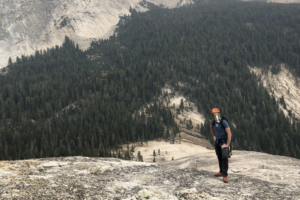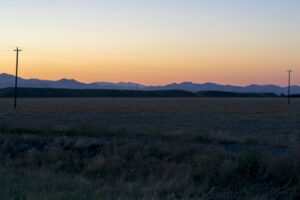
Coronavirus and Climate Change
By James Evans UCLA Health Sustainability Programs Manager My friends and colleagues alike know I spend most of my free time in the mountains rock climbing. This past weekend, in the…

By James Evans UCLA Health Sustainability Programs Manager My friends and colleagues alike know I spend most of my free time in the mountains rock climbing. This past weekend, in the…

By Devon Bhakta UCLA Carbon Neutrality Ambassador “That’s probably not healthy,” I remember thinking as I looked up at the crop duster flying low over my head, dispensing pesticides out…